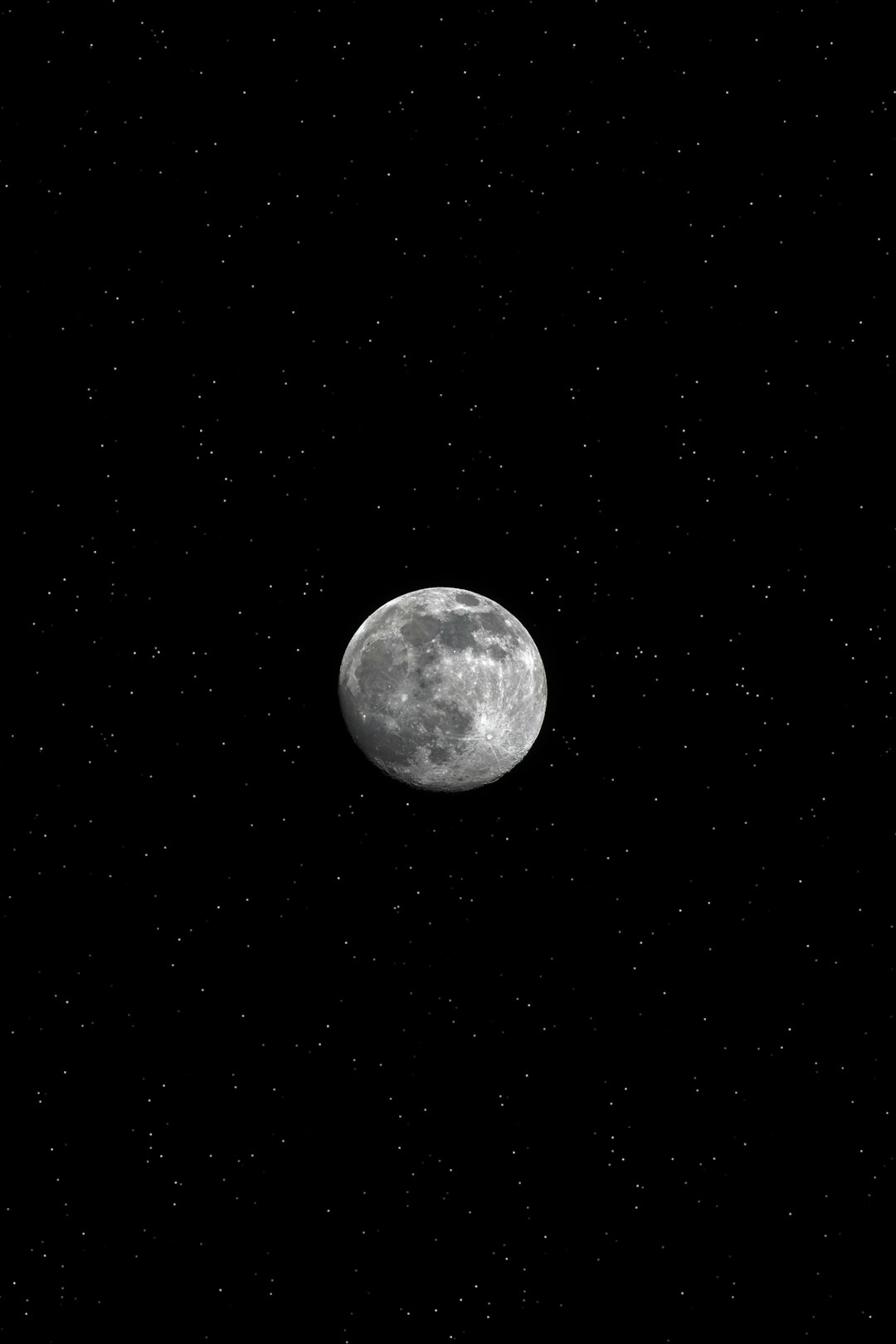New Insights into the Cosmic Microwave Background

The Cosmic Microwave Background (CMB) — the afterglow of the Big Bang — continues to reveal secrets about the early Universe. Recent observations from the PolarView satellite have provided the most detailed map of temperature fluctuations ever recorded.
These tiny variations, only a few microkelvins apart, encode information about the composition, geometry, and evolution of the cosmos. By analyzing the power spectrum of the CMB, scientists have refined estimates of the Hubble constant and the density of dark matter.
Key Findings
- Improved measurements of the Hubble constant suggest a value of 73.2 km s⁻¹ Mpc⁻¹, narrowing the gap between early‑universe and local observations.
- Evidence for a slightly higher amount of primordial helium, aligning with predictions from Big Bang nucleosynthesis.
- Detection of faint polarization patterns that hint at primordial gravitational waves, a potential signature of cosmic inflation.
What This Means for Cosmology
These results bolster the standard Lambda‑Cold Dark Matter (ΛCDM) model while also opening doors to new physics. The possibility of detecting primordial gravitational waves could provide direct evidence for inflation, a rapid expansion that occurred fractions of a second after the Big Bang.



